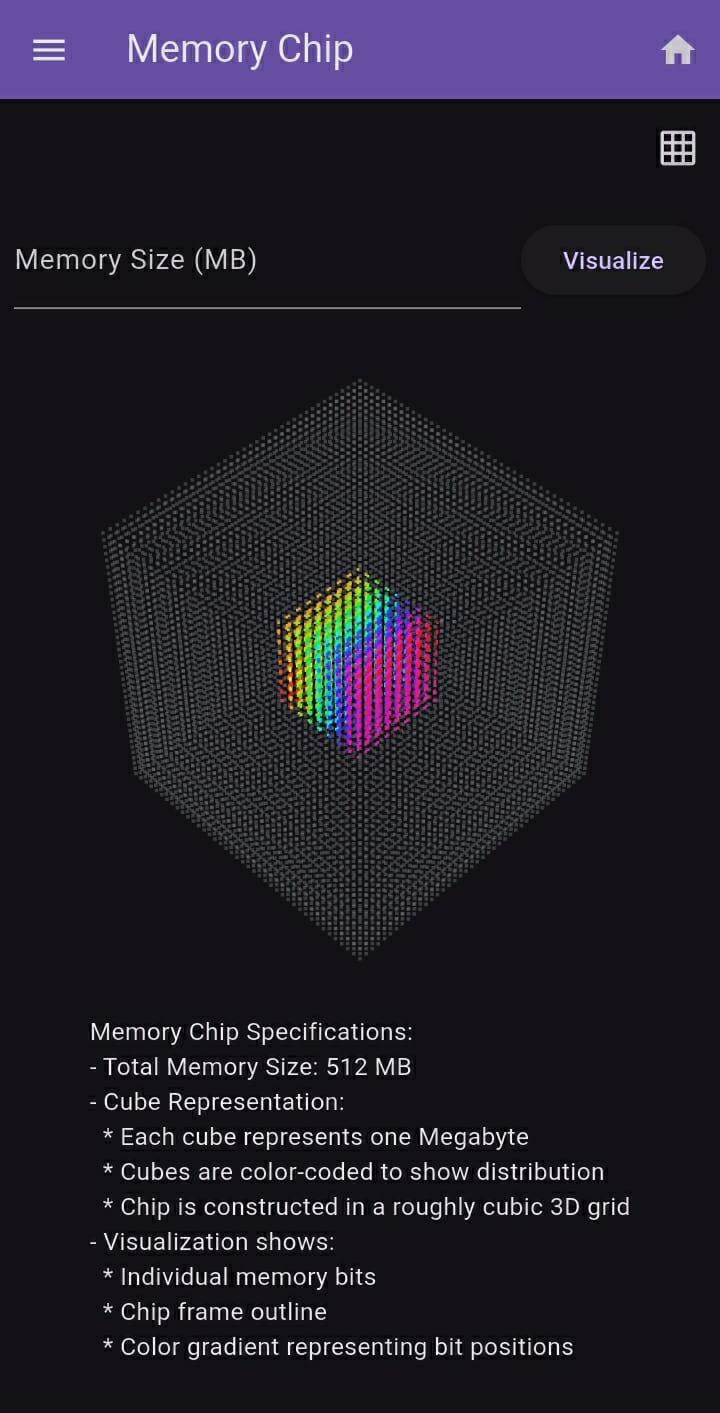3D Memory Chip
-
Home
-
3D Memory Chip

3D Memory Chip

The Memory Chip as a Multidimensional Portal: How Higher Dimensions Will Revolutionize Computing
The Hidden Architecture of Modern Memory
What appears as a simple 3D visualization of a memory chip actually represents something far more profound—a gateway to understanding how higher-dimensional concepts will transform computing. Each colored cube in our simulation represents not just a memory bit, but a node in a multidimensional information network that hints at the future of chip design.
The Fourth Dimension: Time as Memory's Canvas
The rotating animation reveals how memory operates across time:
Dynamic Data Flow: The rotation models how memory states evolve during computation cycles
Temporal Layering: Each position represents a different computational moment
4D Memory Architectures: Future chips may use temporal dimensions for data storage
This temporal dimension is already emerging in cutting-edge memory technologies like phase-change memory that use time-based states.
The Fifth Dimension: Probability in Memory States
The color gradients represent deeper quantum realities:
Probabilistic Bits: Qubit-like states where colors represent superposition
Error Correction: Distributed memory across probability spaces
Thermal Landscapes: Heat distribution as an extra information dimension
Future memory chips may exploit these probabilistic dimensions for quantum error correction and ultra-dense storage.
The Sixth Dimension: Parametric Memory Design
The adjustable parameters reveal a design revolution:
Scalable Architectures: Memory that grows in multiple dimensions
Self-Assembling Structures: Nano-scale cubes that configure themselves
Morphable Hardware: Chips that reshape for different tasks
This parametric approach anticipates programmable matter and liquid-phase computing.
The Seventh Dimension: Hyperdimensional Computing
The cubic lattice suggests extraordinary possibilities:
8D Memory Cells: Using all 8 corners of cubes as simultaneous states
Fractal Memory: Self-similar structures at nano and macro scales
Topological Protection: Data stored in knot-like higher-dimensional structures
Researchers are already exploring these concepts in topological quantum computing.
The Future of Multidimensional Chips
This visualization points toward several coming breakthroughs:
4D Stacking: Chips with active temporal layers for time-domain computing
Probabilistic Architectures: Memory that stores likelihoods rather than binary states
Self-Organizing Cubes: Nanoscale memory elements that assemble into optimal configurations
Hyperdimensional Addressing: Memory locations specified through 8D+ coordinate systems
The Path Forward
As we push against the limits of Moore's Law, the solution lies not in making smaller 2D chips, but in expanding into higher dimensions:
2025-2030: Commercial 3D stacked memory with temporal access
2030-2035: Probabilistic memory chips for AI applications
2035+: Topologically protected quantum memory cubes
The memory chip of the future won't be a flat wafer—it will be a multidimensional information sculpture, and this simple visualization gives us our first glimpse of that revolutionary architecture.
Share this service:



